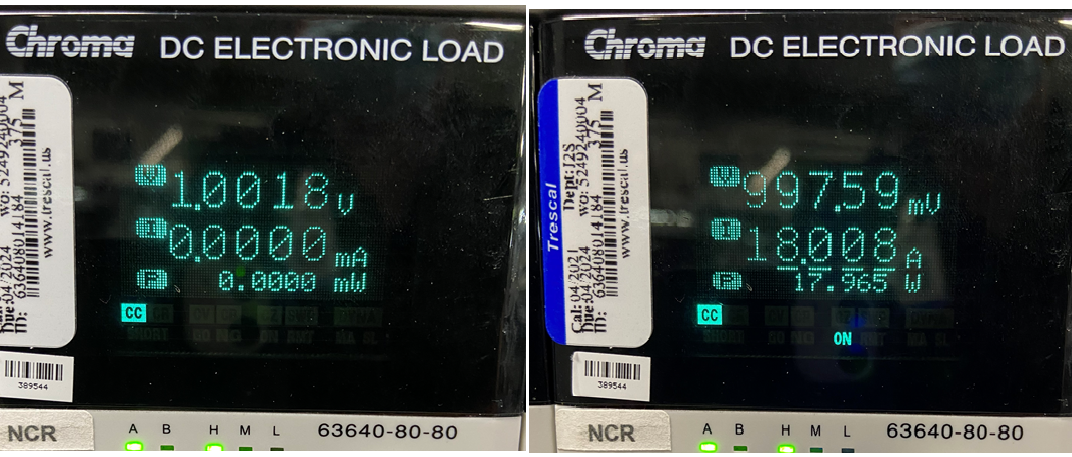SLVUC73B January 2022 – February 2024
4.1 Output Voltage Regulation
- Turn-on input DC source (5V).
- Turn on the e-load and sweep load current from 0A to 18A. The monitored output voltage at TP12 (VOUT) is at or near 1V across the entire current load sweep as shown in Figure 4-1.
 Figure 4-1 Output Voltage
Regulation
Figure 4-1 Output Voltage
Regulation